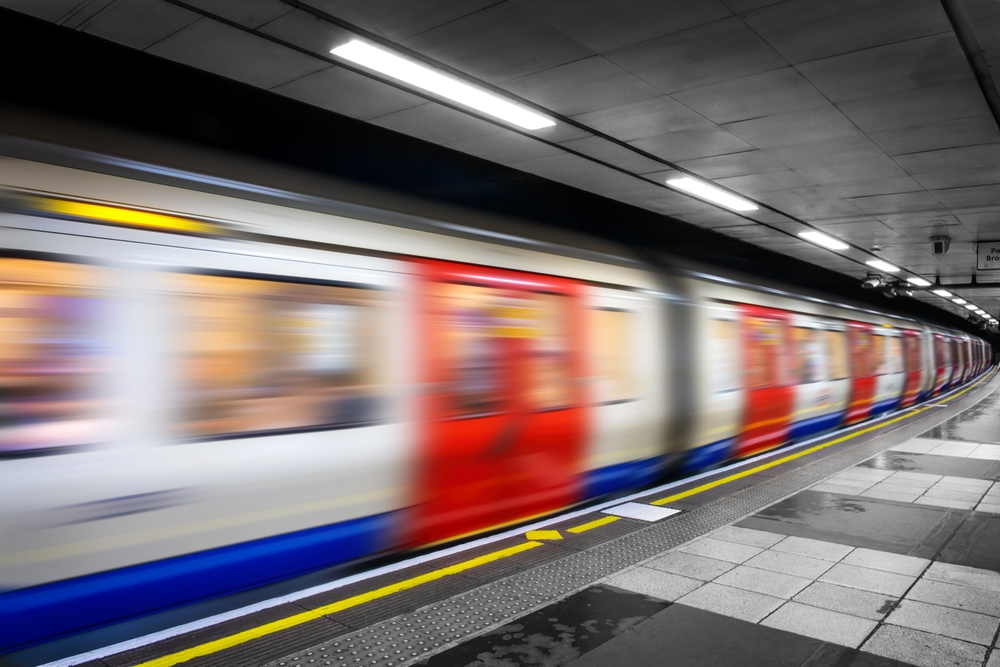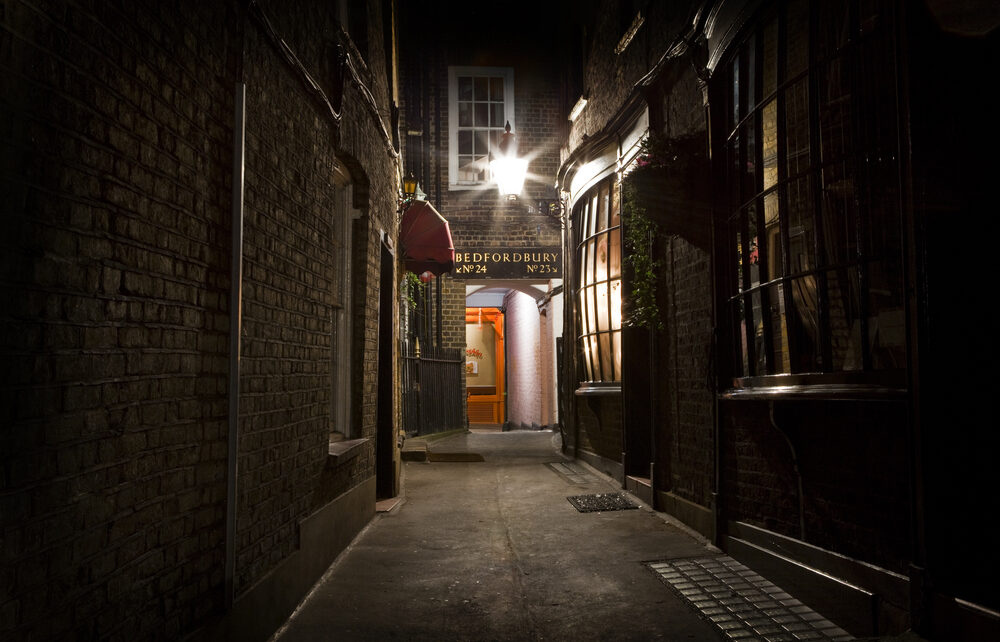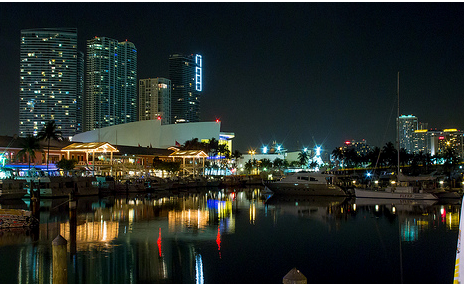London’s Underground is not just a convenient and quick way to get around the city—it’s a journey through time. As you zip through tunnels and stop at iconic stations, you’re also stepping into centuries of history, from the Victorian era to World War II. For young travelers seeking a deeper experience, London’s Tube stations can serve as gateways to some of the city’s most haunting, mysterious, and eerie pasts.
Among these, a few stops stand out for their connections to one of the darkest chapters in London’s history: the Whitechapel Murders of 1888, also known as the Jack the Ripper killings. While the infamous killer and his suspects remain an enduring enigma, their shadow still lingers in the city’s streets, and the London Underground offers a unique way to explore this dark side.
Whitechapel Station: The Heart of the Mystery
If you’re looking to delve into the chilling history of Jack the Ripper, there’s no better place to begin than Whitechapel Station on the District Line. Situated in the heart of East London, Whitechapel was at the center of the infamous Ripper case. During the late 19th century, this neighborhood was a densely populated and impoverished area, and its streets were often teeming with fog and mystery—an ideal backdrop for the grisly events that unfolded there.
Today, Whitechapel Station remains a bustling part of London’s Underground network, but standing at the platform, it’s easy to imagine the eerie atmosphere that might have pervaded the area over 130 years ago. While the station itself wasn’t a direct part of the investigation, it sits near key locations tied to the Whitechapel murders. The nearby streets were once the site of the murders of Mary Ann Nichols, Annie Chapman, and Elizabeth Stride—three of Jack the Ripper’s victims. Exploring the area around the station, you’ll find several walking tours dedicated to tracing the steps of the killer and his victims.
Though Whitechapel and its tube station has changed significantly over the years (it has recently been heavily rebuilt in an acclaimed fashion) there are still remnants of the neighborhood’s grimmer past just a stone’s throw away. Take a moment to think about how close you are to a chapter of history that has captivated the world for more than a century.
Aldgate East: A Neighbor to History
A short distance from Whitechapel Station is Aldgate East Station, another stops worth visiting for Ripper enthusiasts. Located on the District and Hammersmith & City Lines, Aldgate East sits in the heart of the East End, where many of the Ripper’s alleged suspects lived and worked. It was here that the police first began to investigate possible links between the murders, and it was also the home to many of the working-class women whom Jack the Ripper victimized.
Aldgate East is often quieter than Whitechapel, but its proximity to the Whitechapel district makes it an ideal location for reflecting on how the urban environment shaped the lives of both the victims and the suspects. If you’re walking around the area, you may notice historical buildings, old pubs, and other remnants of Victorian London that offer a window into the harsh conditions that defined the district during the late 1800s. Although the station itself isn’t directly linked to the killings, it’s located close to the areas where suspects like Montague Druitt and Aaron Kosminski were thought to have resided. Their stories add a layer of intrigue to this often-overlooked part of London.
Farringdon: Where the Investigation Unfolded
Farringdon Station, situated on the Circle, Hammersmith & City, and Metropolitan Lines, offers a more direct connection to the investigation surrounding Jack the Ripper. The nearby Smithfield Market, which still operates today, was the site of intense police activity during the Ripper investigation. This bustling market, known for its meat trade, became a focal point for Ripper investigators who searched for clues in the aftermath of the murders.
The area was home to a number of Jack the Ripper suspects, including Dr. William Gull, who has been rumored in various theories to have been the murderer, though these claims remain highly controversial. Today, Farringdon is a modern transport hub, but its proximity to Smithfield and its historical significance make it a key part of understanding the context surrounding the murders. It’s a station that links the everyday Londoner’s life with the grim realities of Victorian society.
A Modern Journey Through History

For those with an interest in true crime and history, the London Underground offers a fascinating and sometimes unsettling glimpse into the past. Whether you’re stopping at Whitechapel, Aldgate East, or Farringdon, each station ties into a broader narrative of London’s dark history, adding an eerie layer to your travel experience. With a bit of imagination and a few footsteps, the Tube becomes not just a mode of transport but a portal to the past, offering young travelers a unique opportunity to engage with a city that’s as much about mystery as it is about modernity.
Next time you hop on the Tube, take a moment to appreciate the historic layers beneath your feet—who knows what dark tales they might tell?


